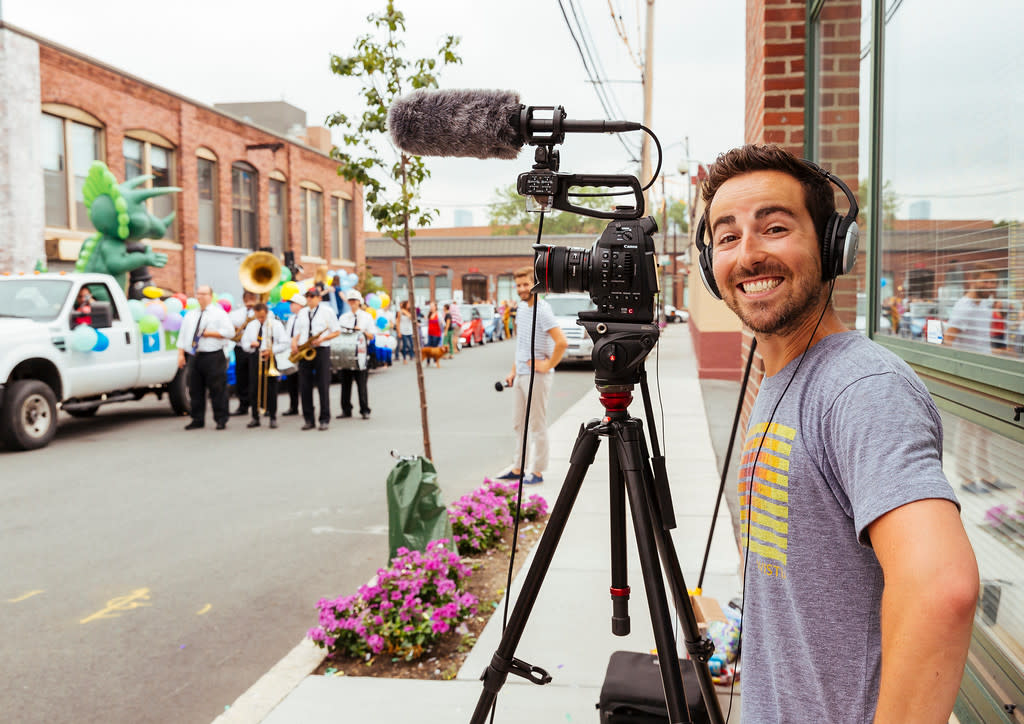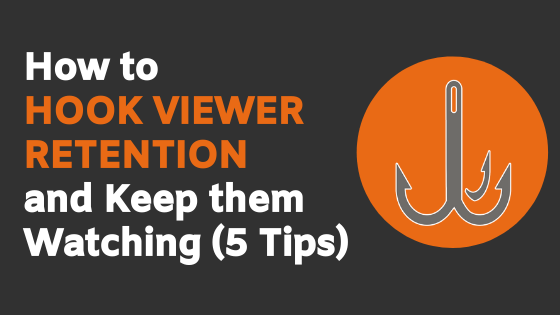For some schools, it’s a big deal to begin creating promotional video content. Whether you are hiring a production company or doing it yourself, you want to ensure you end up with a video that you’re proud of. To help you develop effective and engaging videos here are the five features that all great school videos schools should have.
1. A story that viewers can connect with
Creating a story for your video does not mean you need to have a gripping plot to follow like ‘Avatar’, but rather a narrative that the viewer can connect with and be engaged with throughout the entire video. In other words, it should be able to draw an emotional reaction from the viewer.
In the planning stages, you should ask yourself:
- How do I want the audience to feel about this video?
- What can I do to make them feel that way?
Establishing this will help you develop a story that communicates to that specific audience. Your marketing team and the school committee can help you develop a story that resonates with the school. If you choose to hire a professional production company, they will be able to help you communicate the story you’ve decided into visual elements.
Video can help your school create a personal connection with families through story.
Read our guide, Communicating Your School Values Through Storytelling
An example of a compelling story could be the journey of a K-12 student at your school. This story is relatable to everyone, feels genuine and can be shown in a very creative way.
Source: Trinity Lutheran College on Vimeo
2. Sound that supports the story
Audio is a huge part of engaging video and it’s essential you use it right. Always consider which audio elements you should use before starting filming, including voice-over, music, sound effects and dialogue.
Music has a magical ability to change a video, so you need to make sure you choose music that suits the mood of your video. Music can be hard to find but sites like Soundstripe and Artlist are great as they offer a range of unlimited copyright-free music that can work for any video.
Source: RavenscroftNC on YouTube
3. A purpose
A part of video that often gets overlooked is where the video will be played. It’s so important to know what platforms your video will be viewed on, as you want to ensure your video has the best possible user experience.
For example, a video designed for your website might not be able to be repurposed for social media because of its dimensions. If you hire a production company, be sure to let them know the specific channels where you wish to share the video so they can shoot it accordingly.
Something else to consider is that channels like Facebook, Instagram and LinkedIn don’t actually play sound until the viewer clicks on the video. This makes it difficult for viewers to engage in a dialogue-based video. To work around this, a lot of producers are now using subtitles and animated text within the video.
The most common video dimensions are:
- 1920×1080 (16:9) (HDTV) — this is the standard video size, used for YouTube, Facebook, LinkedIn and television
- 1350×1080 (4:5) (Feed) — this is used to maximise height within a Facebook and Instagram Feed
- 1080×1920 (9:16) (Vertical) — this full-height format is used for Facebook and Instagram stories
- 3840×2160 (16×9) (UHD) — this is 4 times bigger than HDTV, and is used with projectors, television and cinemas
4. Authenticity
Actors are for movies! Using them can make your school come across as inauthentic or fake. By using members of your school community in your video, you not only save money but their presence adds a feeling of authenticity. In your video, feature student leaders and families that best represent your school community.
Source: Christ School on YouTube
5. A call-to-action
You’ve held the viewers’ attention this long — now it’s time for them to take the next step. A call-to-action can be presented in many forms, such as a message at the end, dialogue, a website link or contact details.
It’s very important you choose an effective call to action. You don’t want a viewer to be asking, ‘What now?’ after your video.
And that’s it! Now that you know the features of effective videos, with some creativity and hard work, you are on your way to developing your next great school video. If you want some more video inspiration subscribe to our Digistorm Youtube channel!
Click here to read this article on the Digistorm website





